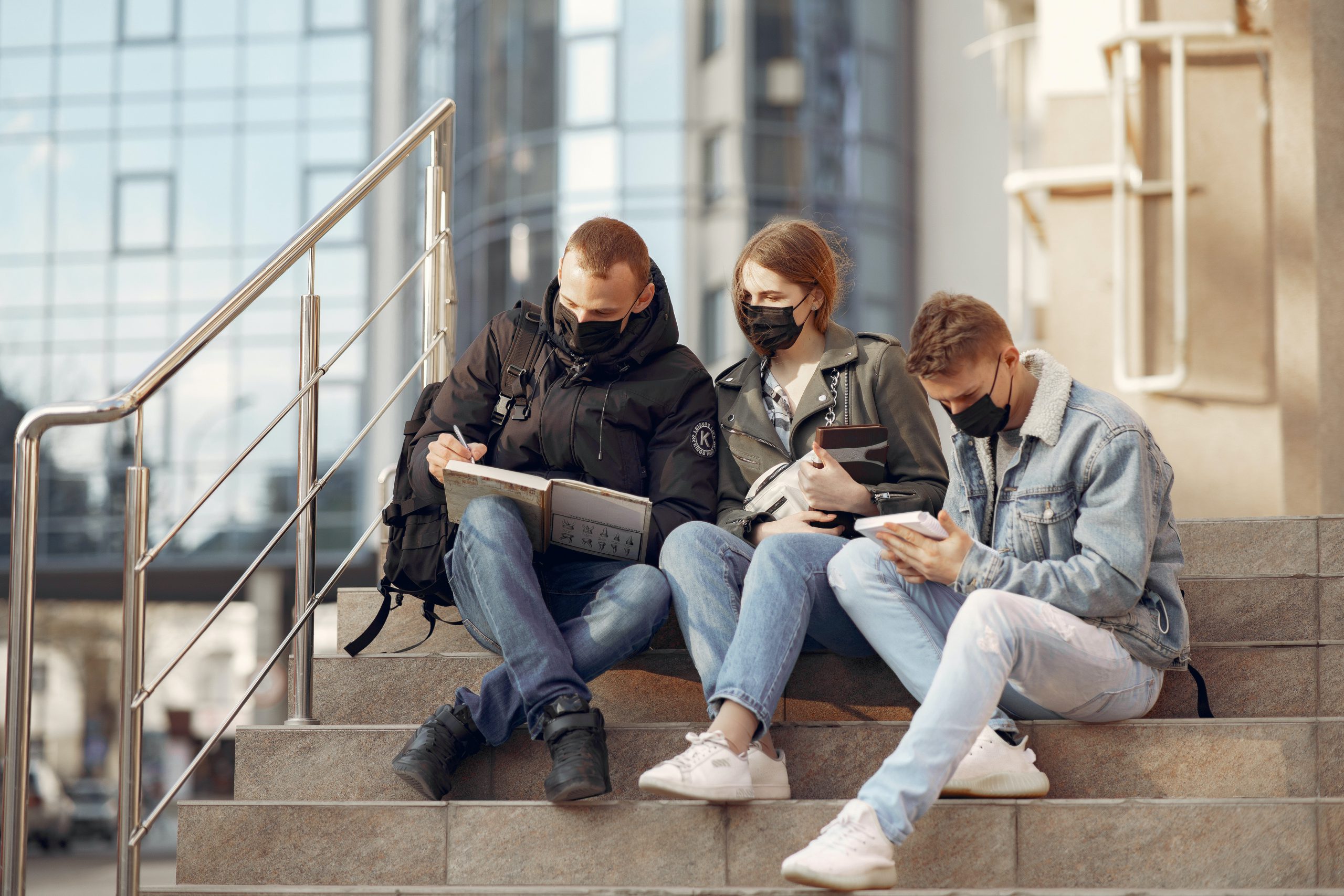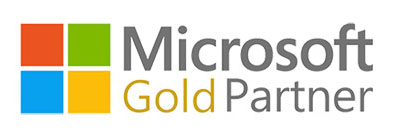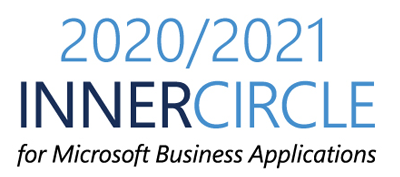Is there any good solution to getting students, faculty, and staff back to campus safely? (We’ve got one.)
March 2020 was the last time many students, faculty, and staff saw the inside of a classroom. Then, in a blink of an eye, campuses across the United States closed to mitigate the spread of COVID-19 and the education of thousands migrated online. Classes and club meetings were hosted virtually from living rooms and not-so-private corners of homes. Graduation ceremonies were hurriedly reimagined and broadcasted on livestreams and prepared video. No one could have predicted the immense emotional and mental toll one virus could have on the education system.
At the same time, Mazik Global saw the need and started getting to work.
Unimaginable impact
The abbreviated 2020–2021 academic year continues to be hard on teachers, students, and their families. Though many institutions are now on summer break, planning for the fall semester is an all-hands-on-deck endeavor for administration and teachers. For many college students, particularly STEM fields with lab requirements and hands-on training, online courses will severely impact their ability to graduate on time. For K–12 students, the lack of structure and social involvement in a dedicated educational setting can be stunting and disruptive. This doesn’t even begin to detail the impact school closures has on working parents who now must deal with 24/7/365 childcare, teaching, and job responsibilities.
To Return or Not to Return
Now, instead of the steady drumbeat of lesson plans, scheduling, classroom decorating, and getting ready for the influx of students, administrators are struggling to determine what the school year will look like.
Going “back to school” is complicated, and there are several different groups impacted by any decision. Let’s look at three key audiences:
Faculty and staff
During COVID-19, many of these institutions—from primary school to secondary education— see only the most essential staff. Now, in preparation of the fall semester, administrators are weighing their options. Reduced capacity inside many school districts, universities, and colleges limit the staff and students able to attend in person. This requires careful scheduling and an error-free plan to rotate students, maintain social distancing, and keep up with the curriculum
Students
College and graduate students in the STEM field looking to complete their degrees on time will need to balance social distancing with lab work and fieldwork, which may not be feasible depending on their area of study. We’ve already talked about the financial impact COVID-19 had on research universities like Purdue, but the full educational impact is still to be seen.
For college students, their residence halls, shared apartments, and common spaces owned by universities will need higher monitoring and adjustments to mitigate the spread of the virus in the fall.
In K-12 classrooms, aggressive cleaning schedules for common spaces and rotating groups of students to maintain social distancing measures will affect the school day. Just one child carrying COVID-19 could easily spread it to an entire class, teacher included.
Parents and caretakers
To say nothing about the challenges of childcare and an adjusted schedule for K-12, these individuals will be in contact at the end of the day for those who do go to class. How can they be certain staff and other students are adhering to best practices?
What is truly needed?
All of this is to say: the impact of COVID-19 on school systems is unimaginable. As of this blog post, a vaccine and herd immunity are months if not a full year away but the growing sentiment is that education (and jobs found therein) cannot wait it out at home much longer.
There are two things all these groups have in common:
Opinions: Ask any one group of students, faculty, staff, and parents and you are likely to find a wide range of emotions and theories on the next best move.
High levels of contact: Students with students, teachers with students, faculty, and staff in small offices … Part of what makes schools a collaborative setting is the very thing that threatens its safety. If one person carries the virus into a classroom, office, or lab, they could be exposing an exponential number of others and their families. A system is needed to identify the spread quickly, pivot to a backup plan for absences, and keep everyone safe at the same time.
One solution
In May, our teams at Mazik Global started considering what it would take for schools to get back to campus safely. We started developing an all-encompassing Back-to-School solution to meet the top challenges campus around the country are facing: keeping faculty and staff safe, allowing educators to continue teaching, and keeping the community at large safe.
Built on powerful tools like Microsoft’s Power BI dashboard and PowerApps, the Back-to-School solution comprises staff health tracking with real-time visibility into companywide and individual illness risk, individual contact tracing, and CDC compliance with local back-to-school regulations.
It starts with a simple app (which can alternatively be embedded in Microsoft Teams), in which employees complete a short survey:

This completely customizable assessment tracks a number of factors, such as:
Health Risk: If a staff member is experiencing symptoms or are they classified as an at-risk group by the CDC? Have they had any testing done for COVID-19?
Confidence: How does the educator or staff member feel about returning? What barriers do they face in returning to work?
Interaction and contact rate: With whom at the office does the educator or staff member most frequently interact?
Employers can request assessments from their staff at any frequency desired, for any number of employees, at any number of facilities. All the data pools into an easy-to-read and secure Power BI dashboard for the HR department, president, principal, or whoever is authorized to know. If any employee reports symptoms of COVID-19, administrators can quickly take action in sending them home and immediately alerting others who are likely to have come in contact with them.
This aggregated information gives both high-level and comprehensive real-time views of the obstacles and challenges facing the safety of any return-to-school strategy. It also provides tools to mitigate risk, such as automated workflows.
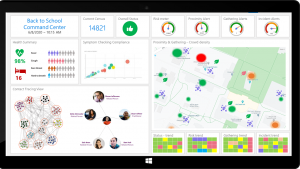
What about managing safety and staffing needs during a crisis?
If an employee does get sick, how do you keep the rest of your classrooms and staff safe? And how do you maintain staffing needs when one or more people must stay at home to recover? Will it fit your particular institution or campus?
The functionality of the Back-to-School solution is flexible, so it can meet your needs in any setting. We also made sure to include workflow automations to help effectively manage any staffing disruption. Customizable push notifications, automatic alerts, and employee case management are all part of the package to help you be as proactive as possible while upholding local work safety guidelines.
When you’re enabled to react quickly, you can truly mitigate the risk of exposure and spread on your campus, keep more people safe, and continue with educating the future. The Back-to School solution just takes all the work out of it for you.

